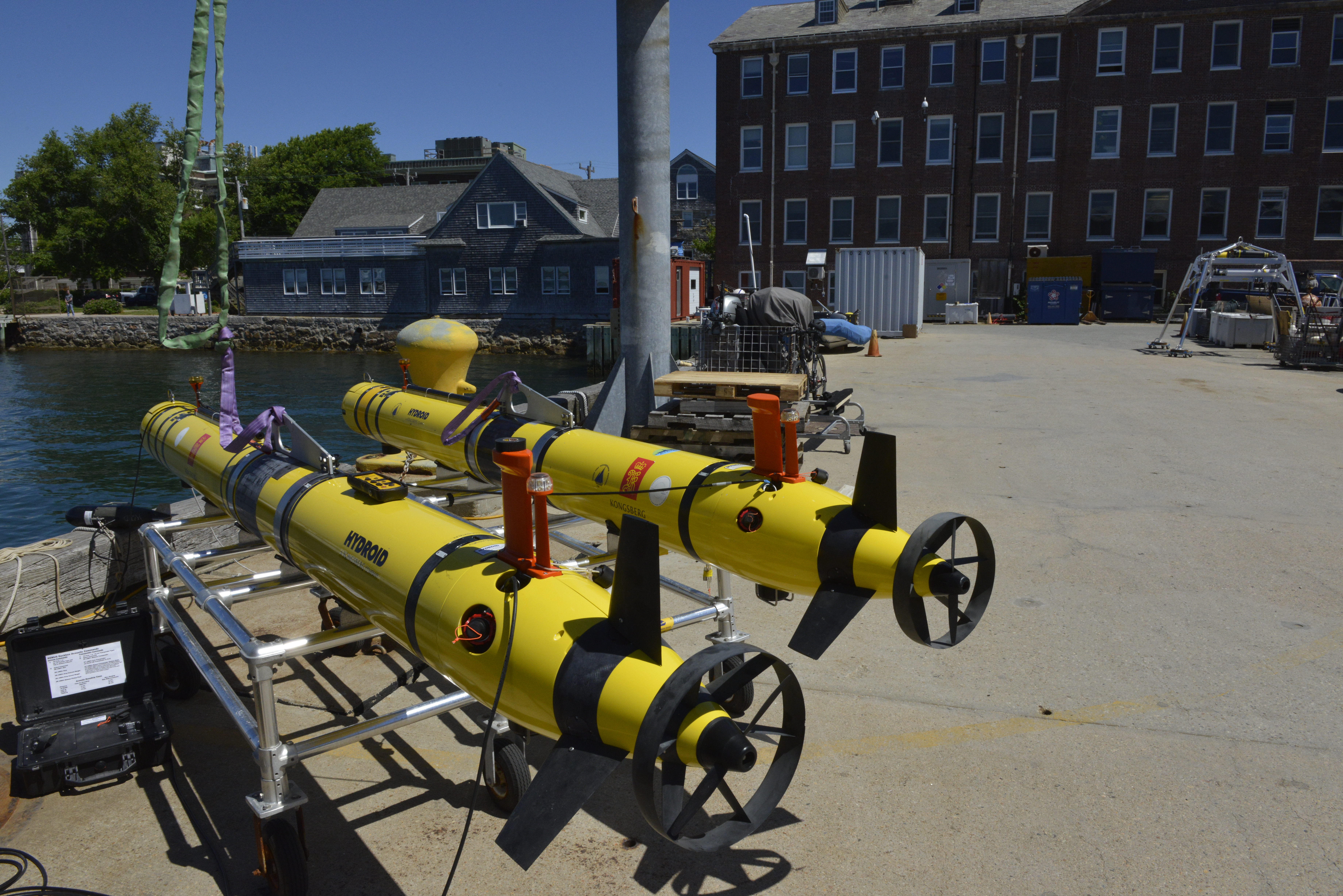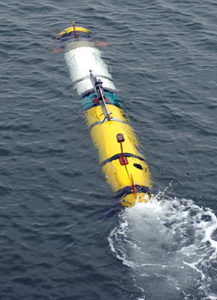REMUS 600

The REMUS 600 AUV was designed through funding from the Office of Naval Research to support the Navy’s growing need for operations requiring extended endurance, increased payload capacity, and greater operating depth. The REMUS 600 boasts the same proven software and electronic subsystems found in our highly successful REMUS 100 AUV, with a depth rating and increased capabilities that take autonomous operations to the next level.
| Vehicle Specifications | |
|---|---|
| Diameter | 32.4 cm (12.75 in) |
| Weight | 240 kg (530 lbs.) |
| Max Depth | 600 m (1968.5 ft) |
The REMUS 600 is the most versatile member of the REMUS AUVs. Its modular design enables us to easily reconfigure its sensors for mission specifics. It has a mission endurance of nearly 70 hours with speeds up to 5 knots at depths up to 600 meters. With its increased payload it has a range of 286 nautical miles. Just like our smaller REMUS-100 it has the ease of operation to be used with a laptop and very little auxiliary equipment.
The first REMUS 600 was developed at WHOI in 2003. Two more REMUS 600 (12.75 diameter) vehicles have been built to date.
SSAM Sensor Integration
Synthetic Aperture Sonar Imaging provides high resolution combined with large swath width as compared to conventional single beam side-scans. In order to acquire high quality images with a SSAM integrated REMUS, REMUS-600 uses independently controlled tri-axial fins to provide the capability for pitch, yaw and roll control. For SSAM, an extra set of fins was added forward to provide full translational control capability, allowing the vehicle to actively control yaw and pitch for true trackline-parallel control, as well as zero-pitch with respect to bottom slope.
Laser Scaler Gradiometer (LSG)/ Re-acquisition Payload
This payload assembly carries the new NSWC-PC LSG magnetometer with Electronic Still Camera and short range, dual frequency side scan sonar. This sensor payload supports autonomous, large area search, and target localization, as well as the re-acquisation and classification of targets (buried mines) in its survery area.

REMUS 600 underway outside the WHOI pier in Great Harbor, Woods Hole in the fall 2005. (Woods Hole Oceanographic Institution)
